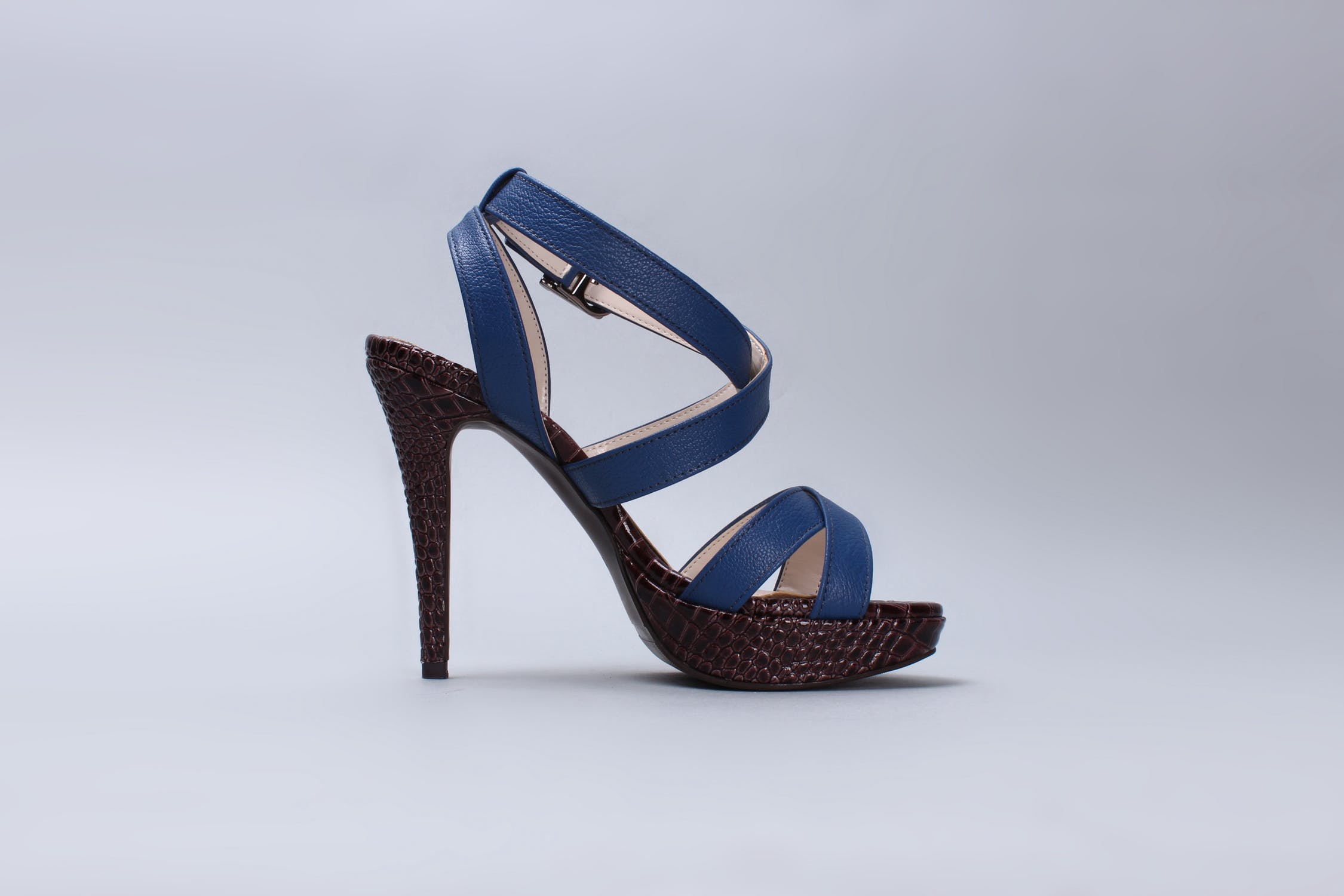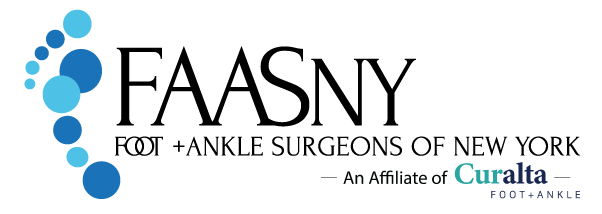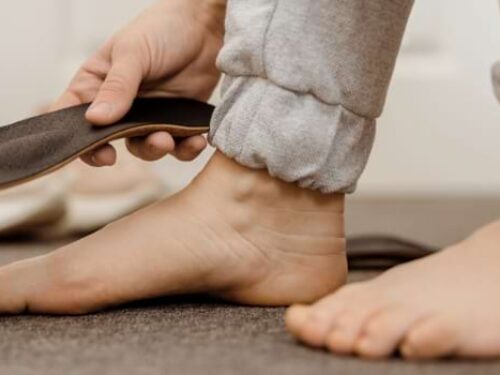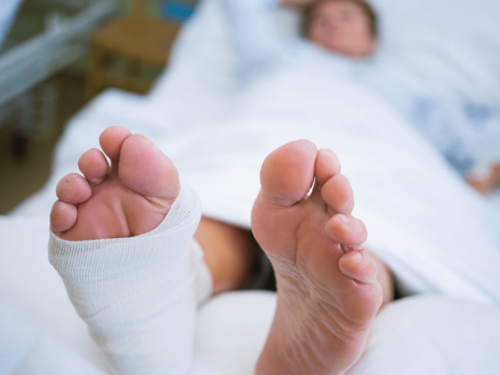
High heels are an everyday staple in many wardrobes, and it is reported that 72% of women wear high heels at least some of the time. But, what is this footwear choice doing to your body? Pain, sprains, and even permanent foot damage is common for even infrequent high-heel wearers. Foot and Ankle Surgeons of New York, an ankle surgeon in Nassau County, seeks to help you resolve your foot pain and prevent long term damage from frequent high heel use.
How High Heels Damage Your Feet
According to reports, U.S. emergency rooms treated approximately more than 123,000 high-heel related injuries between 2002 and 2012 – and that rate seems to be climbing. Why are heels so dangerous? Research tells us that wearing high-heels can change how your feet can bear the weight of your body. Consider the following information:
- High-heels transfer the load to the ball of your foot, putting pressure on the small bones of the toes.
- Regular heel wear can cause the toes to “claw” in an unnatural shape and cause pain, also called a “hammertoe.”
- Over time, heels can cause shrinkage of the Achilles Tendon, which may need to be lengthened via surgery.
Other Common Problems
While severe long-term damage can occur, joint problems can cause daily pain and discomfort for heel wearers. Should these issues progressively become worse, consult with your ankle surgeon in Nassau County for a full medical evaluation. Examples of these complications can include the following:
- Bunions.
- Displaced joints in the toes.
- Corns.
- Calluses.
- Sprains and strains.
Reducing the Damage of High Heels
For many people, wearing high heels is a must. We’re unable to shake the natural desire to wear these attractive looking footwear, despite the potential complications they create. However, wearing them in moderation could be the solution to obtaining both sides of the equation. Some other simple steps can help reduce the impact of high-heels on your body:
- Decreasing frequency of wear: Long-term damage is unlikely to occur if high-heels are not worn daily.
- You are stretching of the foot, leg, and ankle before and after high heel wear.
- Wear snug-fitting heels that cushion your feet and do not “gap.”
- Wear thicker heels that distribute your weight more evenly across the foot.
- Rotate your high-heels. Alternating the use of thicker heels, open-toed shoes and lower sloped heels can help reduce pressure and slow the formation of bunions, corns, and calluses.
If your pain exceeds normal thresholds, or you develop a bunion, corn, or callus; be sure to see a specialist who can help prevent future damage and reduce immediate pain. FAASNY, an ankle surgeon in Nassau County, and our team of surgeons and podiatrists will assess the detriment of your feet and create a plan to reduce long term damage and pain. Request an appointment today to learn about your options, and get back on your feet faster.


